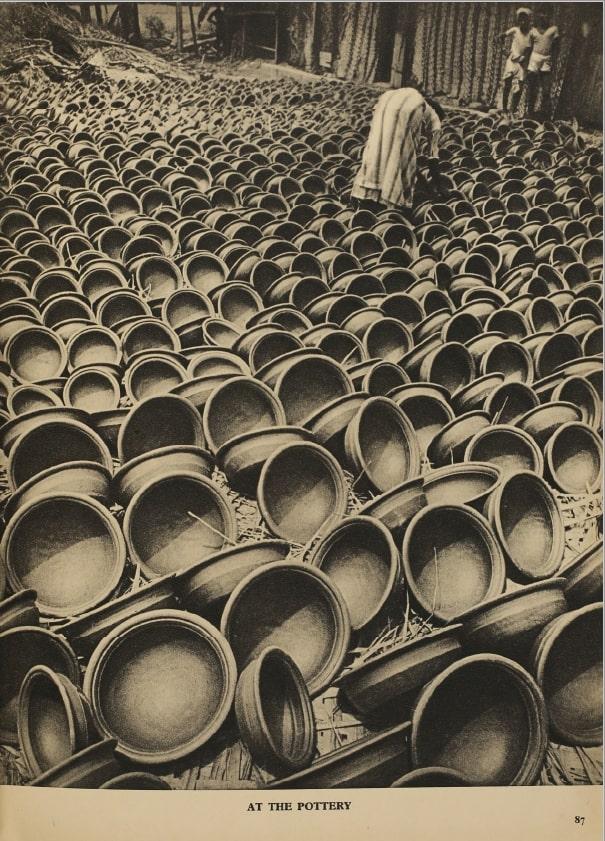An Experiential Reality: Surrealism and Lionel Wendt
In this continuing presentation of images from the book Lionel Wendt’s Ceylon—one of the few available collections of this pioneering photographer’s work—we consider the influence of surrealism, constructivism and larger modernist concerns visible in his compositions. Having spent a long time in the West while he was studying law, Lionel Wendt was deeply influenced by the stylistic developments in Europe.
Looking through this experimental lens, he enquired into the cultural and social life of erstwhile Ceylon from 1924–44. He captured traditional dances, ancient architecture and local workers—making stylised portraits that cast them in an exotic light. Commenting on Wendt’s technical rigour as a photographer, Bernard G. Thornley writes in a technical introduction to the book:
“…he would spend weeks on the consideration of a photograph, working out every detail on rough paper, before even loading his camera; and his ‘Adventure in Space’ is an example where at least as great care was devoted to calculating the angles of the cardboard masks and cutting them out as many exhibitors spend on exhibition prints themselves.”
In a way, Wendt’s images transcend photography’s superficial claims to truth telling and realism, and actively construct an experiential reality of the photographed subjects. His meticulously framed and staged moments do not “represent” but articulate or invent ideas through the engagement of forms, objects and bodies. Using techniques like solarisation, double exposure and collage as well as dramatic lighting, backdrops and juxtaposition; Wendt created an alternative style of narrative and poise in his photographs. His methodology greatly influenced photographers and artists in the region and beyond.
In you missed our earlier posts on Lionel Wendt, please click here and here.
All images by Lionel Wendt. From Lionel Wendt’s Ceylon. London: Lincoln-Pragers, 1950.
Click on the image to view the album





